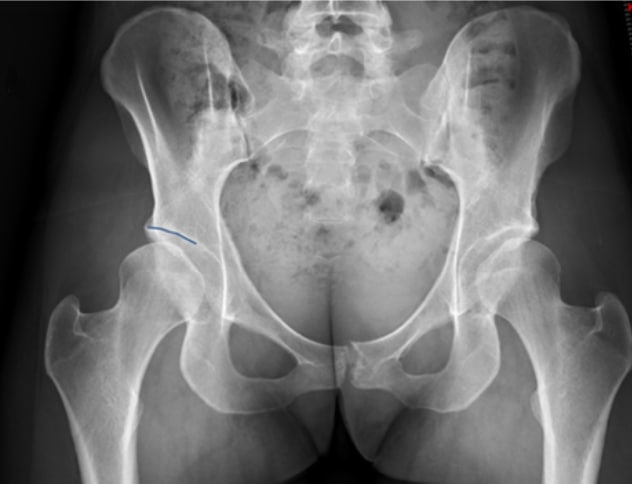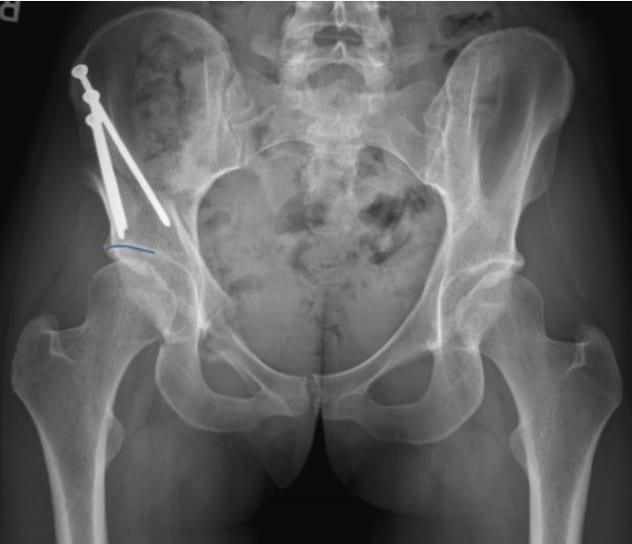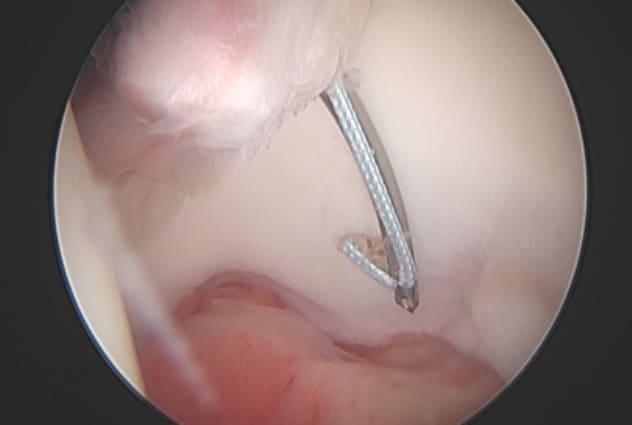Feb. 20, 2021
At Mayo Clinic, orthopedic surgeons often specialize in a single joint, allowing them to develop expertise in the range of procedures used to address problems in that area. That simultaneously narrow and wide focus helps to optimize patients' outcomes.
"Having a practice focused on a single joint allows us to home in on the problems that are causing our patients' pain," says Luke S. Spencer Gardner, M.D., an orthopedic surgeon at Mayo Clinic in Jacksonville, Florida.
Historically, hip specialists have had either advanced orthopedic training in open surgery, or sports medicine training in arthroscopy. Mayo's hip specialists have expertise in both. "We're able to diagnose a range of different pathologies that could be causing hip pain and to offer the correct procedure for that individual patient," Dr. Spencer Gardner says.
Patients range in age from adolescents to older adults. Their conditions range from pre-arthritic causes of pain — including soft tissue damage, labral tears, femoroacetabular impingement and hip dysplasia — to arthritic degeneration requiring joint replacement.
"Our in-depth knowledge of the hip also allows us to differentiate problems in that joint from problems arising elsewhere," Dr. Spencer Gardner says. The experience of subspecialized musculoskeletal radiologists and the wider expertise of Mayo's musculoskeletal physicians and orthopedic surgeons allow for precise diagnosis.
Matching patients to procedures
Hip dysplasia with an associated labral tear

Hip dysplasia with an associated labral tear
A. Preoperative X-ray shows acetabular dysplasia. The blue line indicates abnormal alignment of the acetabulum.
Normal alignment of the acetabulum

Normal alignment of the acetabulum
X-ray after periacetabular osteotomy demonstrates normal alignment of the acetabulum.
Suture passage during labral repair

Suture passage during labral repair
Intraoperative image during hip arthroscopy shows suture passage through a torn labrum during labral repair.
Mayo Clinic is able to manage hip conditions ranging from mild to severe. "Hip pain that is not caused by arthritis can often be addressed arthroscopically," Dr. Spencer Gardner says. "But sometimes, these patients also have larger structural problems that need to be addressed — for example, hip dysplasia with an associated labral tear. In that case we can do both an arthroscopic and an open surgery in a single stage."
In addition to avoiding a second round of anesthesia and postoperative recovery, a combined procedure can improve outcomes. "You get better visualization of a labral tear arthroscopically, which allows you to repair the labrum with less dissection than would be possible with an open surgical approach," Dr. Spencer Gardner says. "Being facile in both arthroscopic and open surgery allows us in a single stage to address each part of a patient's pathology in the optimal manner."
For all patients with hip conditions, Mayo can provide specialized physical and occupational therapy to aid in the recovery process.
Continuous improvement is a cornerstone of Mayo Clinic's approach to care. A study of outcomes from combined open and arthroscopic orthopedic procedures at Mayo Clinic is underway.
"The keys to good surgical outcomes are making the right diagnosis, performing the procedure that appropriately addresses that individual patient's problems and providing a high level of ongoing care," Dr. Spencer Gardner says. "At Mayo, we are committed to every one of these stages because ultimately they translate to improved patient outcomes."